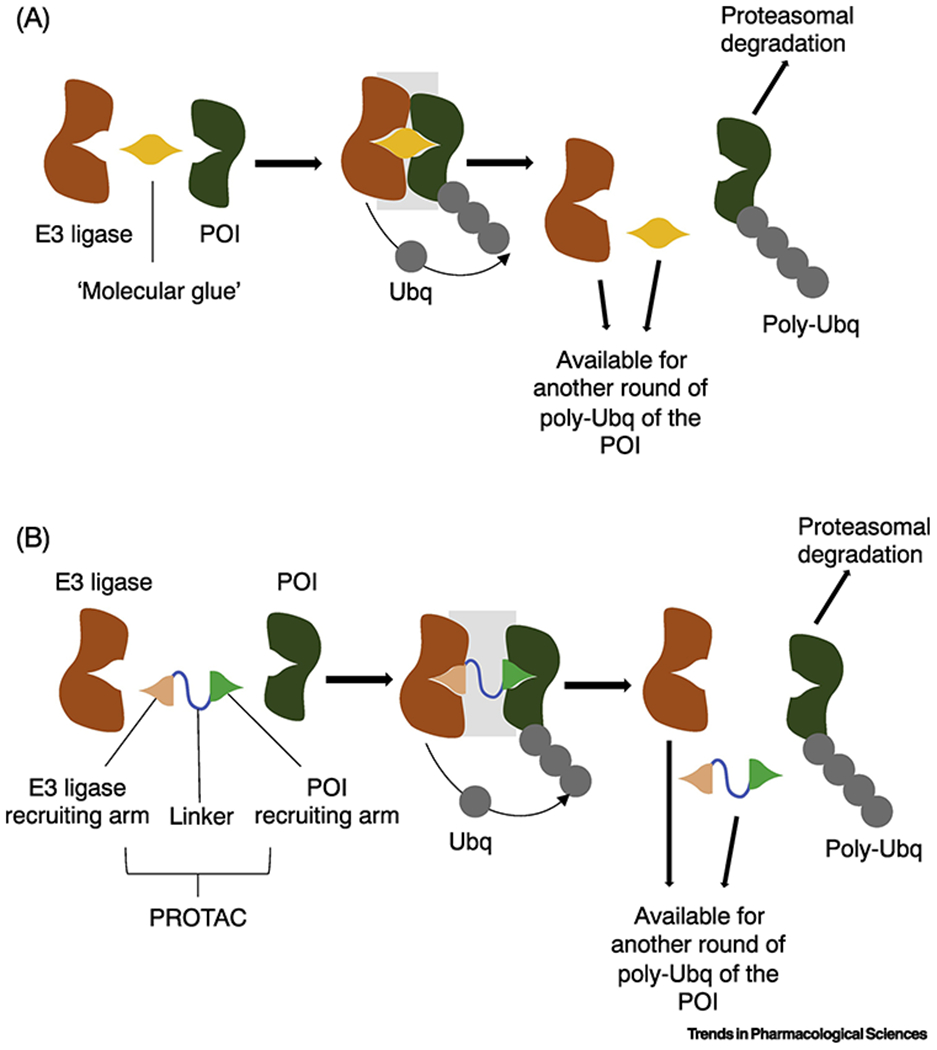Fig. 1. Schematic representation of mechanism of action of small molecule degraders.

(a) “molecular glue” compounds are low-molecular weight degrader molecules that “glue” together the target protein of interest (POI) and an E3 ligase. In this instance, the “molecular glue” compound serves as a scaffold that induces protein-protein interactions that results in a productive, ubiquitination-competent ternary complex.
(b) PROTACs (proteolysis targeting chimeras) are degrader molecules that employ two distinct recruiting arms, one that binds the POI and the other that binds the E3 ligase. The two arms are connected via a linker that may also be involved in mediating productive ternary complex formation.
Both types of degrader molecules result in POI poly-ubiquitination, marking the POI for proteasomal degradation and removal from the cell.
